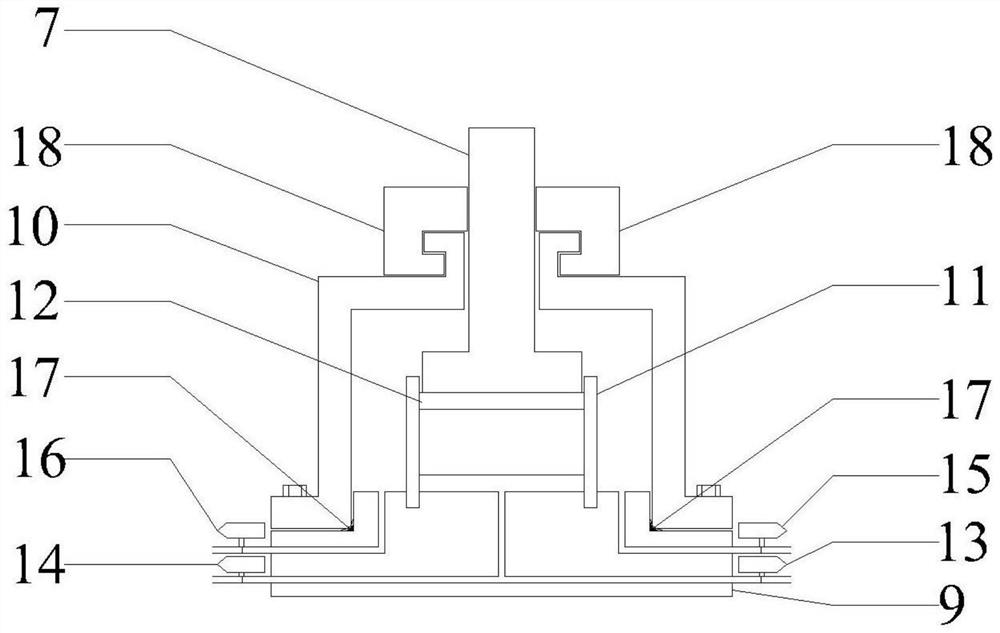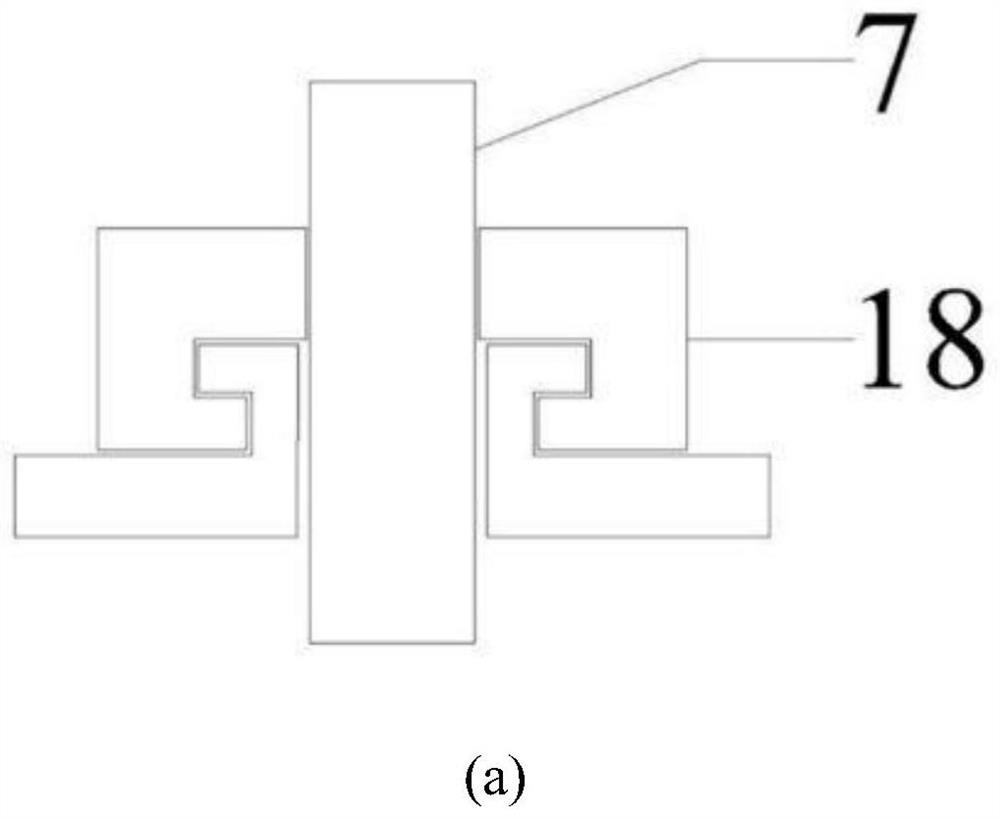CRS temperature control consolidation system and method based on nuclear magnetic scanning
A nuclear magnetic and nuclear magnetic resonance technology, applied in the field of marine geotechnical engineering, can solve the problems of sample disturbance, clay particle and its pore resolution, soil sample influence, etc., to achieve the effect of increasing the speed
- Summary
- Abstract
- Description
- Claims
- Application Information
AI Technical Summary
Problems solved by technology
Method used
Image
Examples
Embodiment Construction
[0061] The specific implementation manners of the present invention are further explained below in conjunction with the examples and accompanying drawings, but are not intended to limit the present invention.
[0062] Such as figure 1 As shown, a CRS temperature-controlled consolidation system based on nuclear magnetic scanning includes a continuous loading device for applying load to the soil; a consolidation chamber for placing consolidation samples; a temperature control device for controlling the consolidation The temperature in the junction room; the detection system, which measures the pore pressure, axial force, and axial displacement during the consolidation process; the computer and data acquisition and processing system, which collects and processes the data from the sensor; the nuclear magnetic resonance scanning device, which scans the soil in situ, generates Image of the soil consolidation direction and vertical consolidation direction.
[0063] Adopt the method ...
PUM
 Login to View More
Login to View More Abstract
Description
Claims
Application Information
 Login to View More
Login to View More - R&D
- Intellectual Property
- Life Sciences
- Materials
- Tech Scout
- Unparalleled Data Quality
- Higher Quality Content
- 60% Fewer Hallucinations
Browse by: Latest US Patents, China's latest patents, Technical Efficacy Thesaurus, Application Domain, Technology Topic, Popular Technical Reports.
© 2025 PatSnap. All rights reserved.Legal|Privacy policy|Modern Slavery Act Transparency Statement|Sitemap|About US| Contact US: help@patsnap.com



